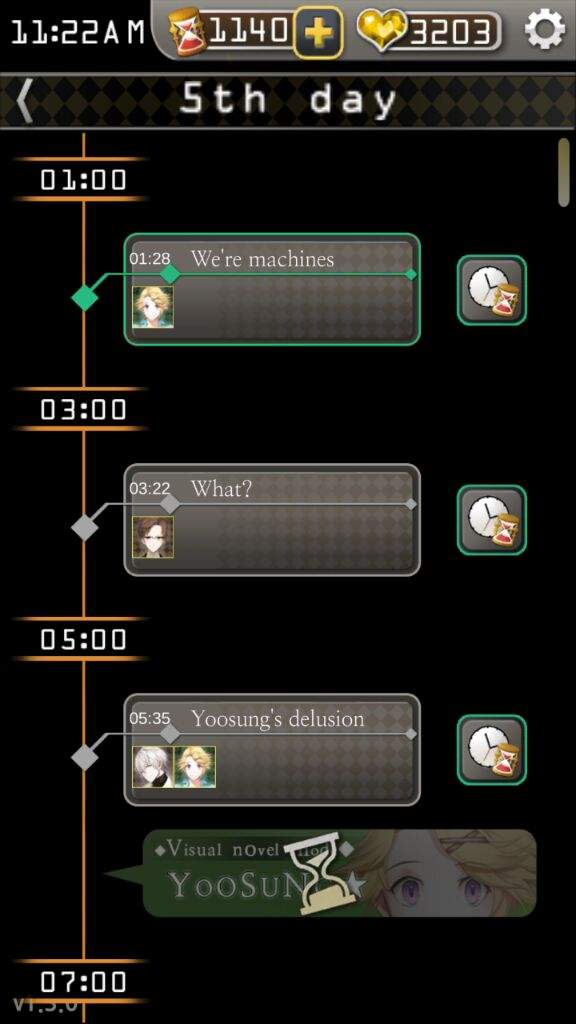As I discussed in my previous post, the gameplay in Britney Spears American Dream merges real and game world, leaving users in almost a constant state of play. American Dream is not concerned with creating a unique and separate space in the game that is separate from the real world. Rather, it plays on and borrows jokes and ideas from the real world.

Some of these references are more heavy handed than others.


I think some of these references are useful in conveying to the player the importance behind the gigs they’re landing. For example, I know that the Paperclip Center in the game is meant to be the Staples Center, and therefore I know that landing a performance there is a pretty big deal.
Additionally, these reference are funny (at least, they made me laugh.) The not so subtle play on worlds they all use and their familiarity to almost any player can probably muster a laugh in most users.
In my game experience, these jokes and references have consistently pulled me out of the game world. While they may make me smile, I think of the actual thing the game is referring to rather than the object in the game itself. I may also recall another time where I saw the same joke on the internet somewhere. Either way, these techniques take away from the immersive quality of the game. The game world in American Dream is not unbrokenly presented. These references function the same as a loading screen or a game error, they remind me of the real world and its power over the game world. (An unbroken presentation of the game world is one of Jane Madigan’s criteria for an immersive game: http://www.psychologyofgames.com/2010/07/the-psychology-of-immersion-in-video-games/)
The level of immersion is often the number one criteria by which people (including myself) determine the quality of video games. This is not always a fair judgement, perhaps especially in a game like American Dream. It’s a casual game through and through, and its mechanics do a great job of making it so. It’s possible Glu Mobile aimed to maintain a certain low level of immersion in order to preserve the integrity of a casual game. American Dream is not meant to be played nonstop, its mechanics make it nearly impossible to play for even 30 straight minutes. The game is meant to be picked up multiple times in a day for a quick play, and it’s lack of immersion ensures this.

 he author, only known as A.S., speaks to the player through these letters,
he author, only known as A.S., speaks to the player through these letters,










